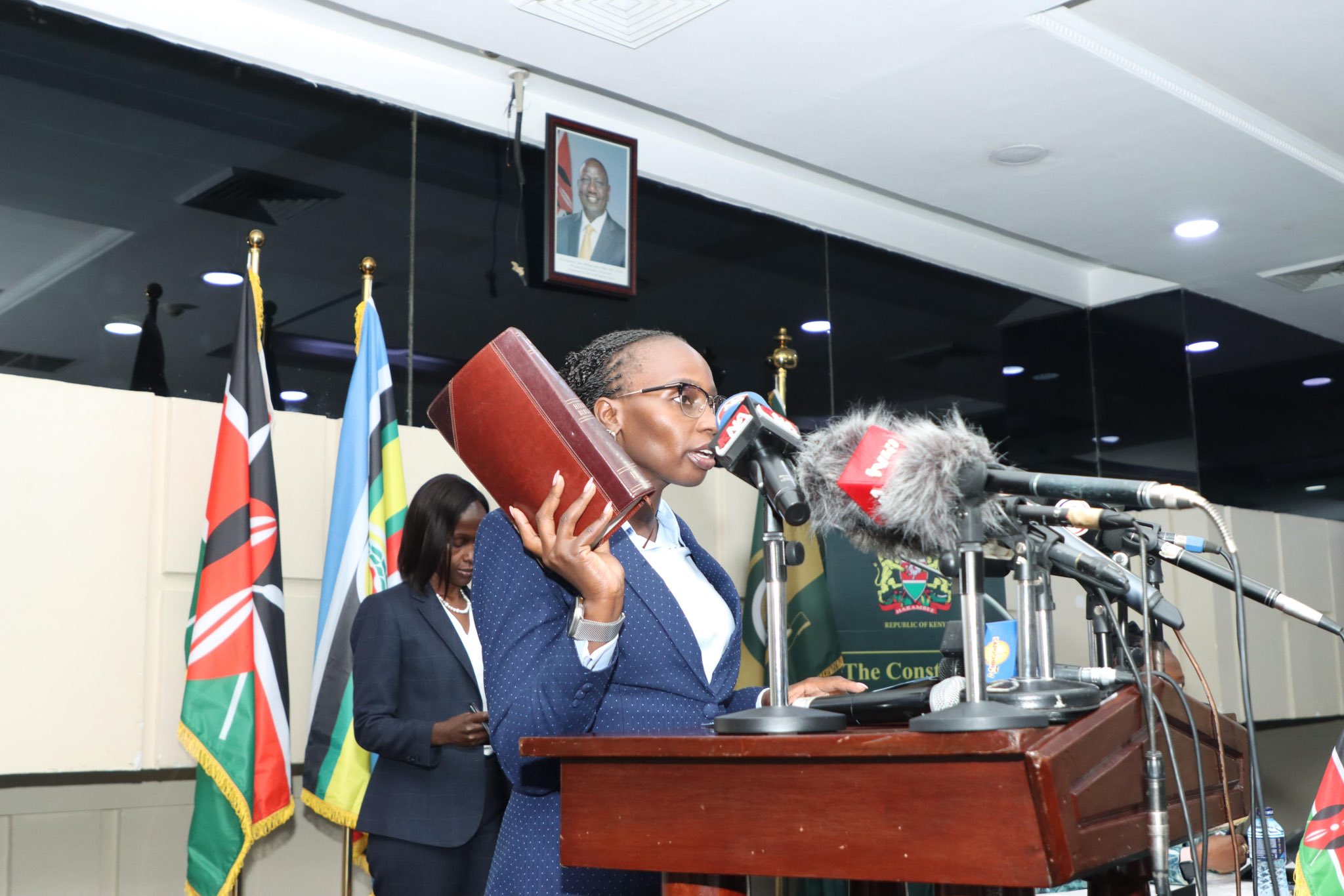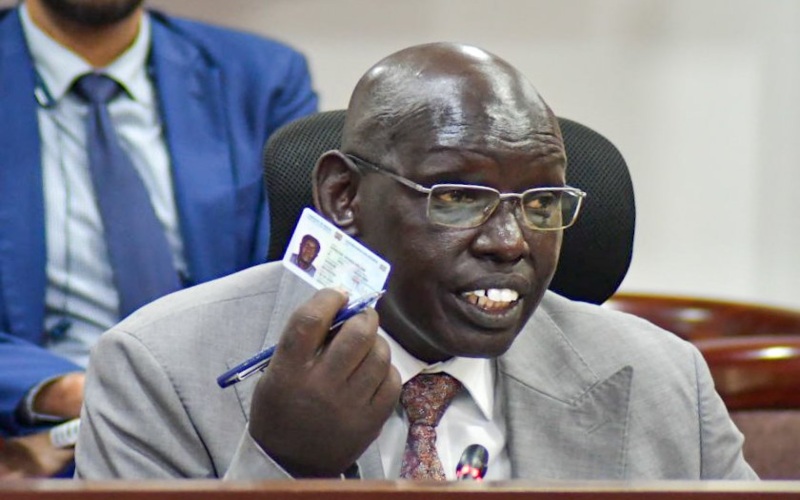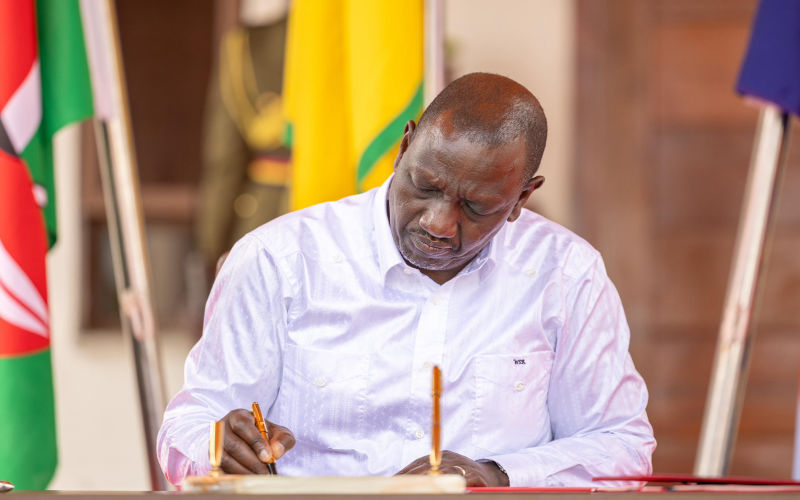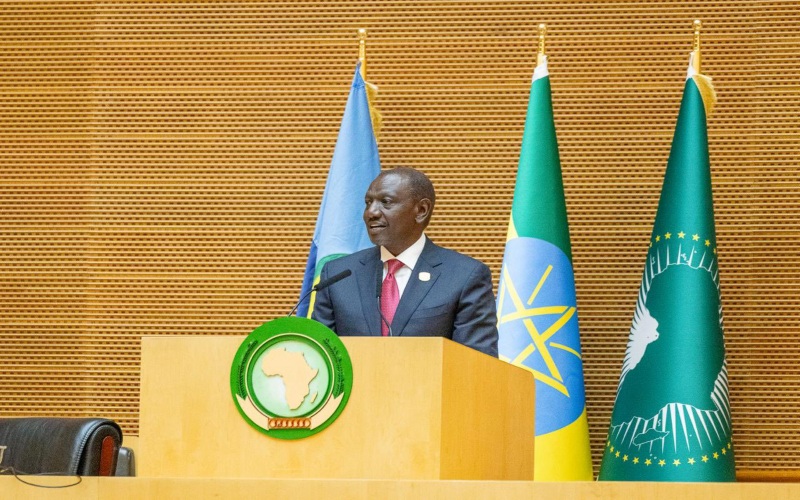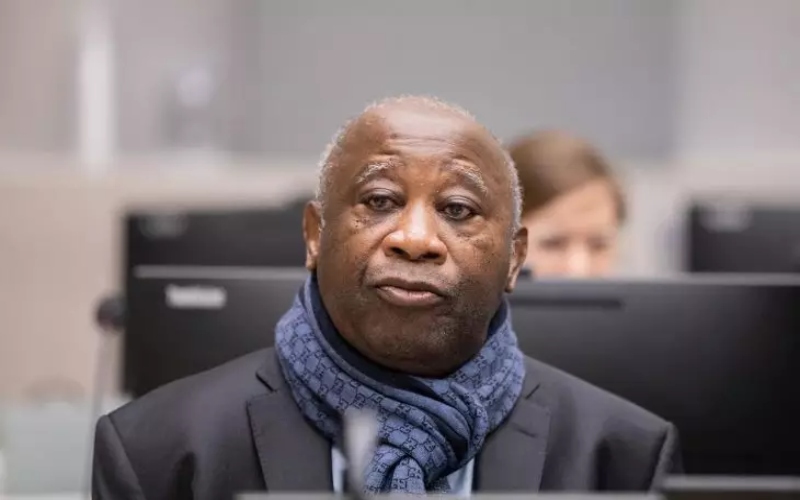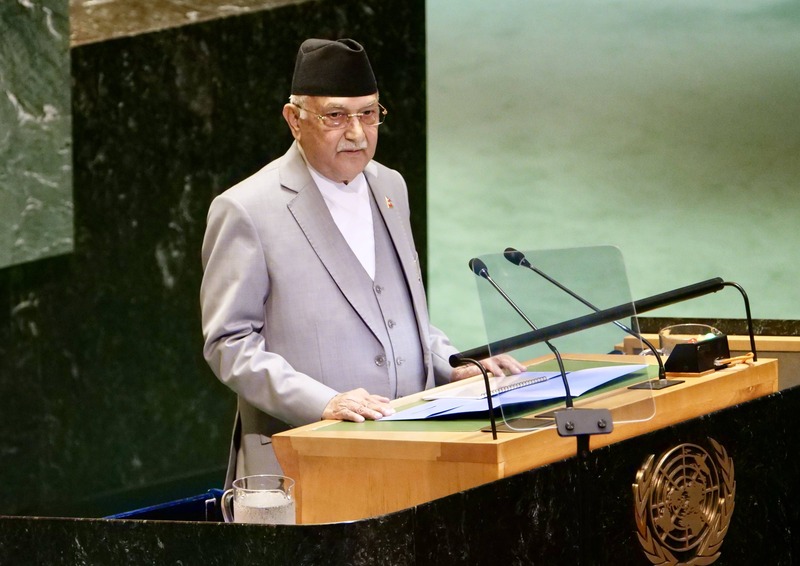Counties to take over Sh150 billion in functions by July 2026 in landmark devolution move

The move follows an agreement between the national government and the Intergovernmental Relations Technical Committee after a two-year consultation process.
All remaining devolved functions worth over Sh150 billion will be fully handed over to county governments by July 2026, marking a significant step toward enhancing service delivery and clearly defining the roles of national and county governments.
The move follows an agreement between the national government and the Intergovernmental Relations Technical Committee (IGRTC) after a two-year consultation process.
More To Read
- Bill proposes 10-year audits to hold governors accountable after leaving office
- Service delivery at risk as Treasury delays Sh34.6 billion July allocation to counties
- KNUT rejects Raila's proposal to devolve education
- Treasury CS warns counties on growing Sh103 billion pension debt, calls for reforms
- Gitobu Imanyara: Why President Ruto does not believe in devolution
- Raila pushes for expanded devolution, says counties should run schools and local infrastructure
The IGRTC confirmed that the functions to be devolved were identified and matched with the corresponding financial and human resources. This led to the publication of a legal notice in December 2024, officially outlining the responsibilities earmarked for transfer.
IGRTC Chief Executive Officer Kipkurui Chepkwony said the process was guided by the Fourth Schedule of the Constitution and involved wide-ranging consultations between the two levels of government and various stakeholders.
Chepkwony said the committee is now engaging principal secretaries from the affected ministries to determine the next steps in implementing the transfer.
“This includes determining the specific human and financial resources tied to the functions listed in the gazette notice. This process will pave the way for financial transfers in the financial year ending June 30, 2027, budget cycle,” he said.
Redundant
As a result of the shift, some functions currently under national government agencies will become redundant.
Chepkwony noted that legislative reviews by both the National Assembly and the Senate will be necessary to align existing laws with the devolved structure.
The pending functions were officially gazetted on December 16, 2024, following the conclusion of resource identification and allocation.
According to the committee’s vice chairperson, Saadia Kontoma, the unbundling was done to distinguish responsibilities between national and county governments.
“Through this process, 94 pieces of legislation with gaps hindering devolution were identified. These legal shortcomings have been a key barrier to the full realisation of devolution and must be harmonised to align with Kenya’s devolved governance system,” she said.
Progressive journey
Devolution Principal Secretary Michael Lenasalon described devolution as a progressive journey.
“It moves from initiation to full implementation. This journey includes unbundling and clearly delineating roles to bring services closer to the people, as outlined in the 2010 Constitution,” he said.
Justice and Constitutional Affairs PS Judith Pareno termed devolution one of the country’s most impactful governance reforms.
“Devolution is one of Kenya’s most transformative governance reforms, having brought equity and opportunity to historically marginalised communities,” she said.
Pareno added that in 2023, one of the key milestones achieved under devolution was the transfer of 61 libraries to county governments, along with associated assets, staff files, and Sh425 million to cater for salaries.
The full transfer of functions is expected to significantly improve service delivery and governance by ensuring that each level of government operates within its defined mandate.
Top Stories Today
